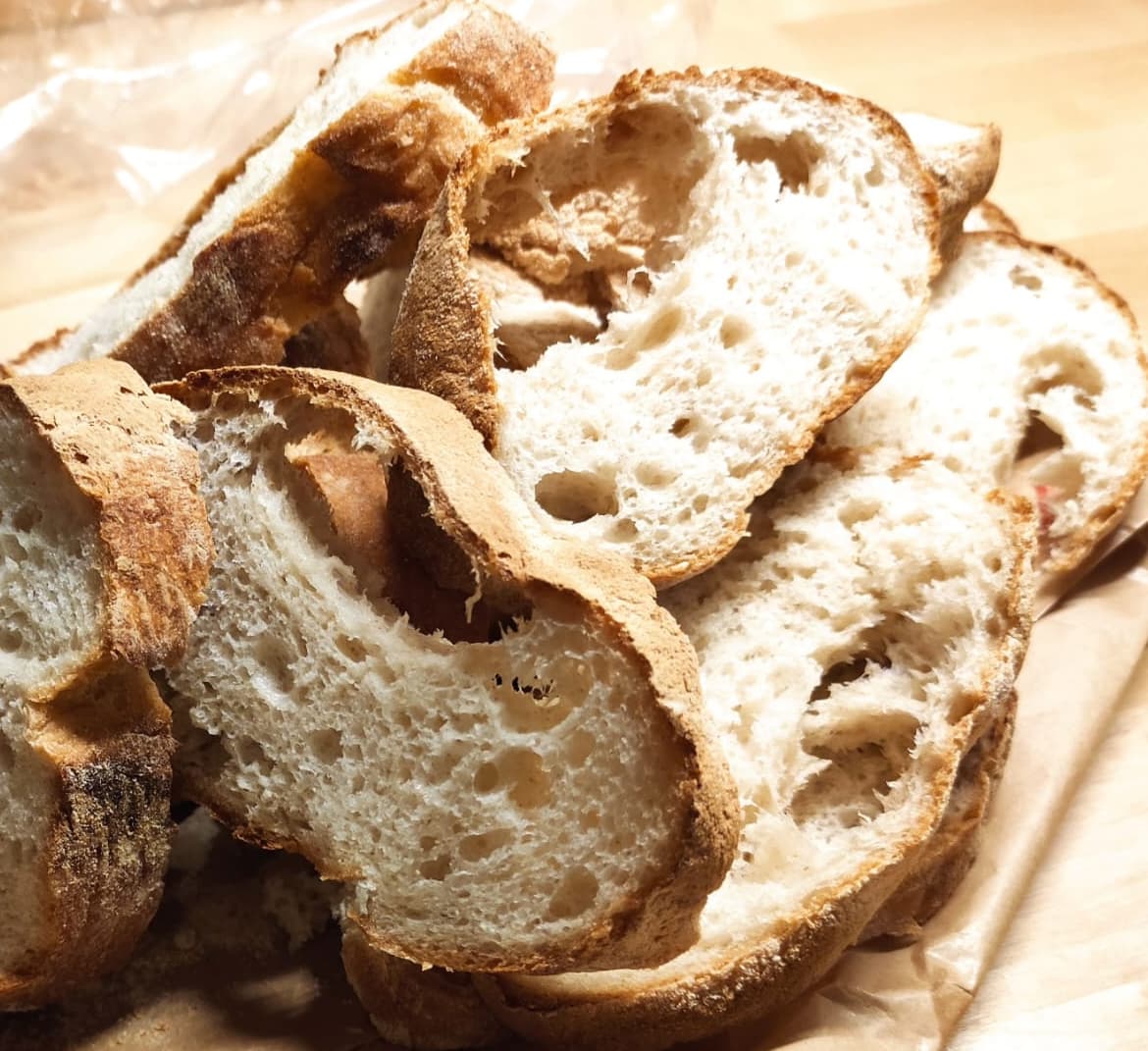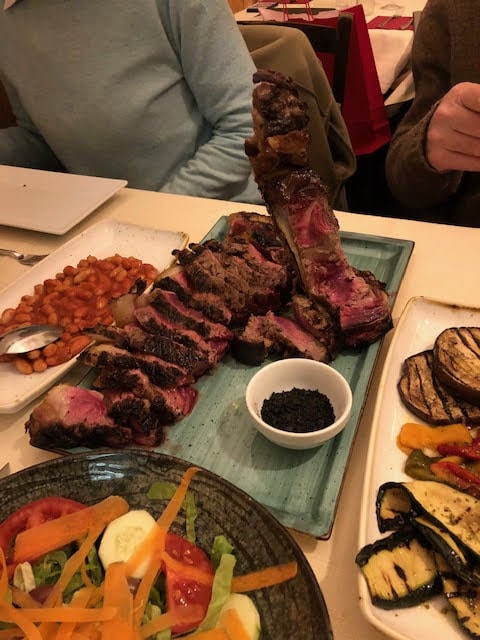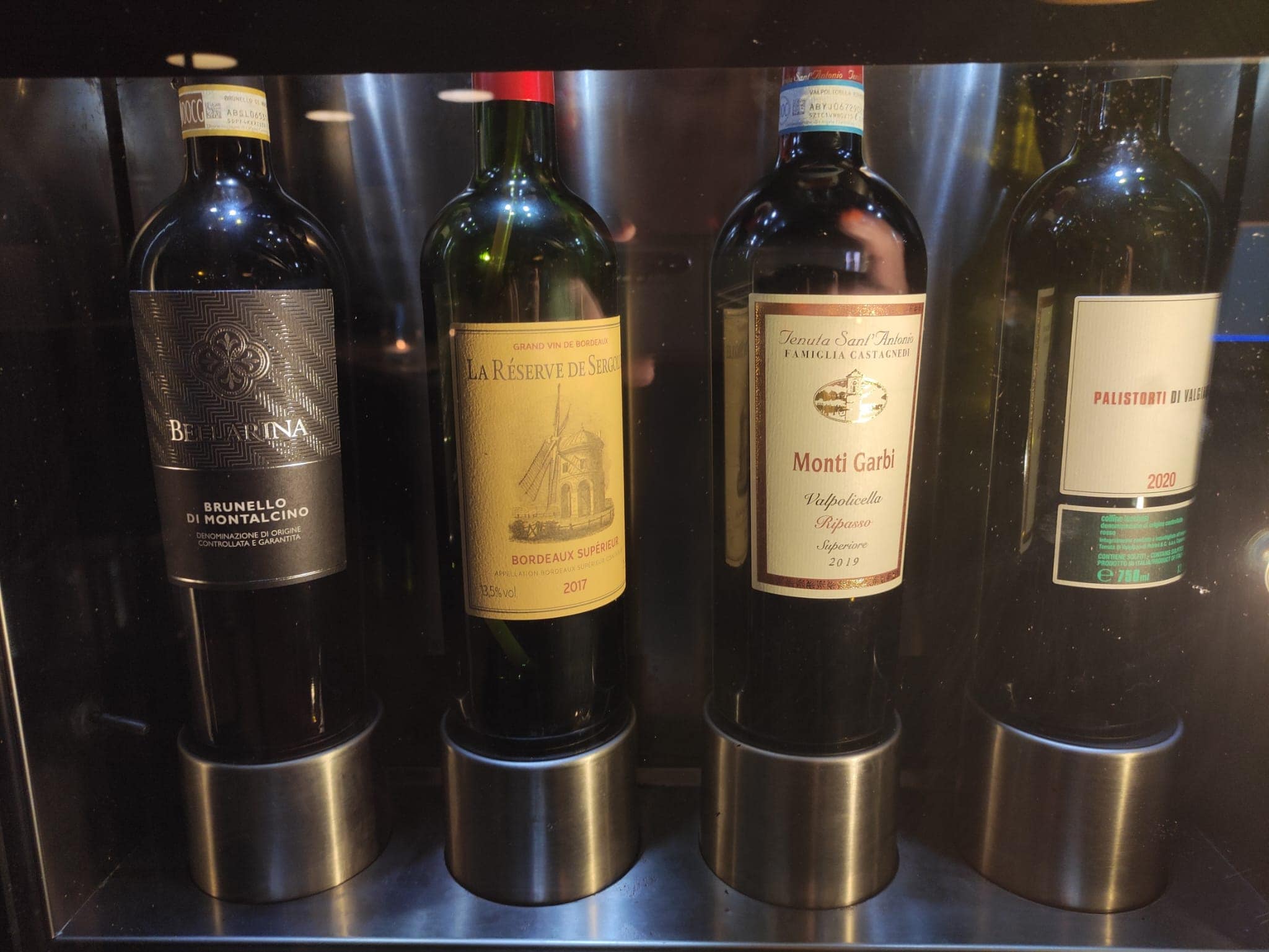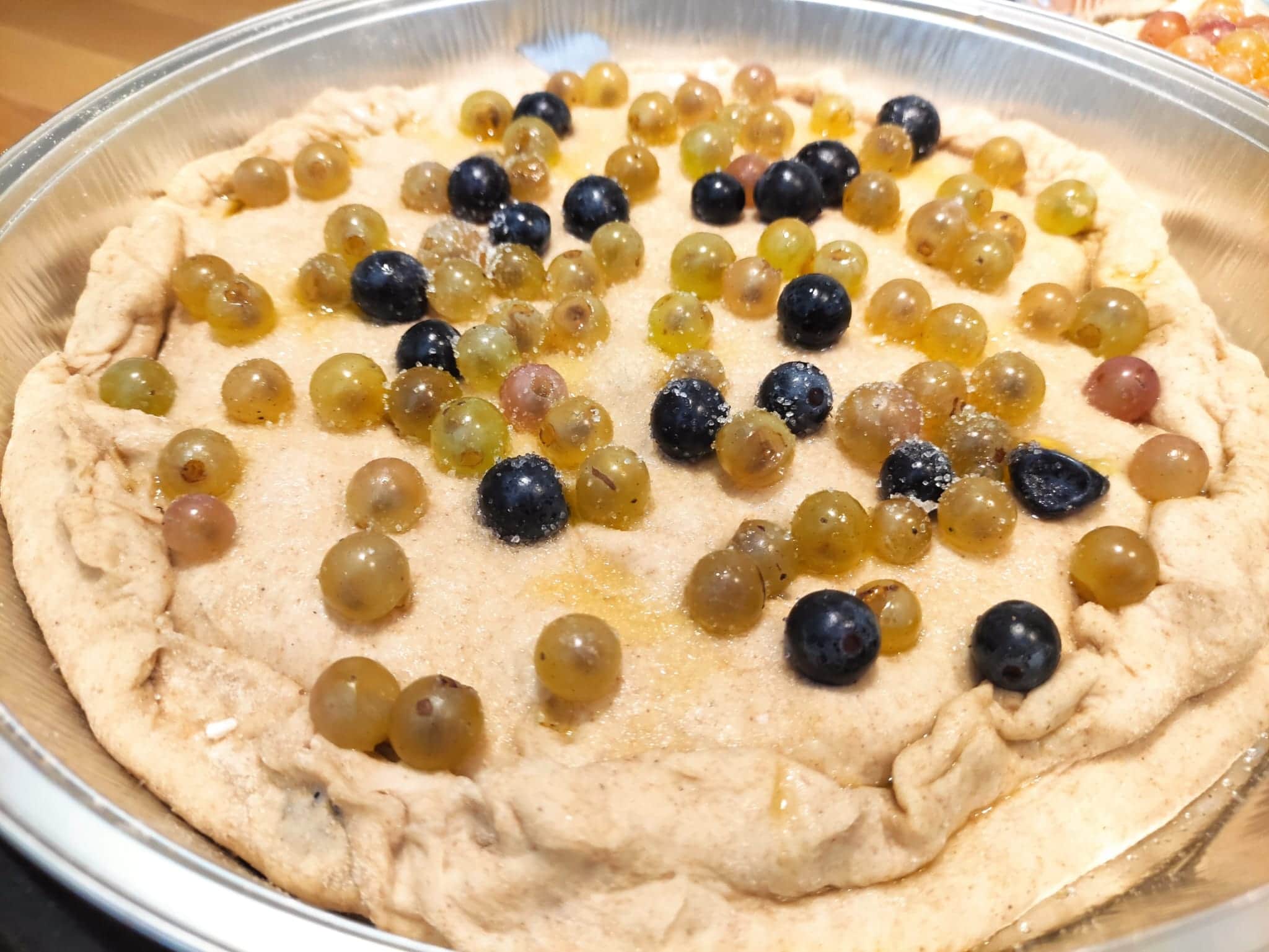We think it is impossible to separate the idea of travel from the idea of the culinary experience of the place. No matter where you go on holiday, we know that one of the first thoughts that will cross your mind will be “I wonder what I’ll be eating, I hope it’s something tasty!”
That’s why we had to tell you a bit more about the amazing taste of Florentine and Tuscan cuisine.
So here are some of our tips for a lunch, or dinner, as a true Florentine:
Starters:
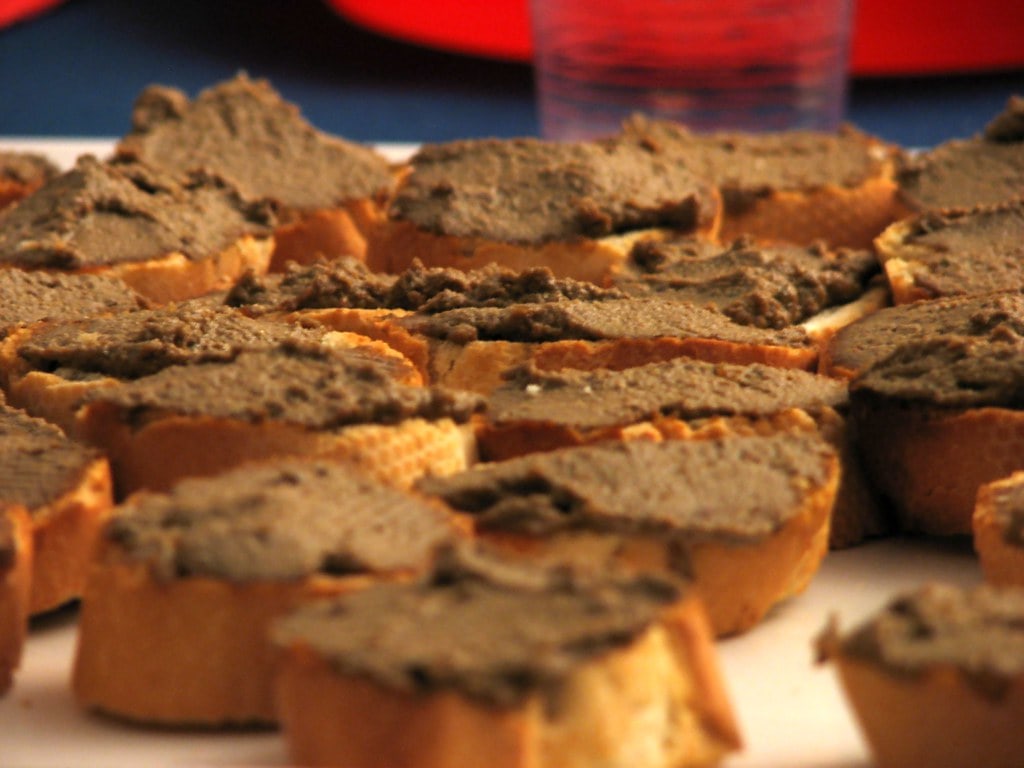
Crostino con fegatini di pollo
Also known as “black crostino”, it always has a base of toasted bread with a spread of chicken liver pate, anchovies, capers and olive oil on top.
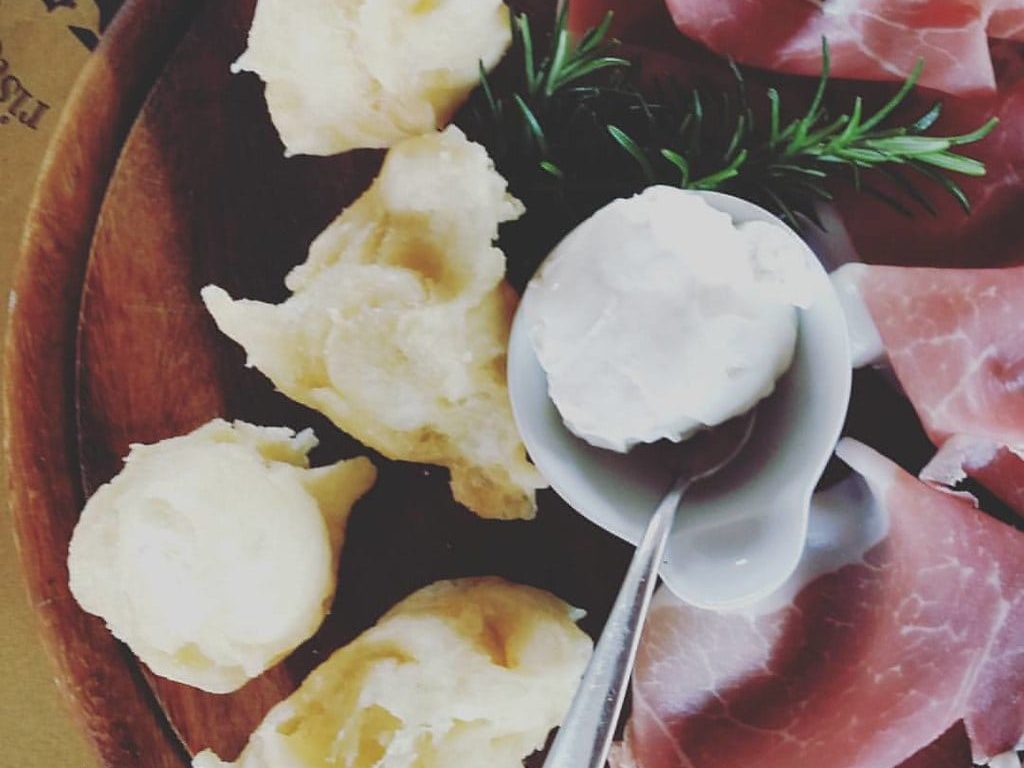
Coccoli stracchino e prosciutto
This is fried pizza dough in the form of small balls that are to be eaten by stuffing them at the last moment with stracchino cheese and Tuscan prosciutto.
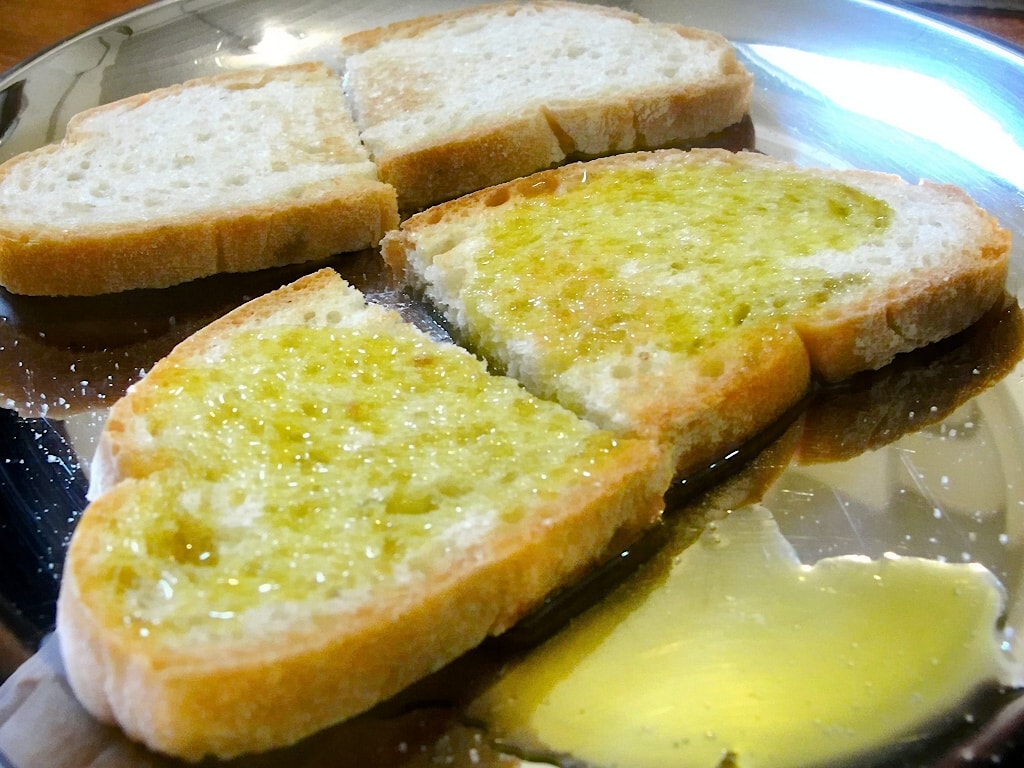
Fettunta
It is a slice of bread “greased” in olive oil. Before adding the oil the slice of bread is toasted and a clove of garlic is grated over it. After the oil all is garnished with salt.
First courses:
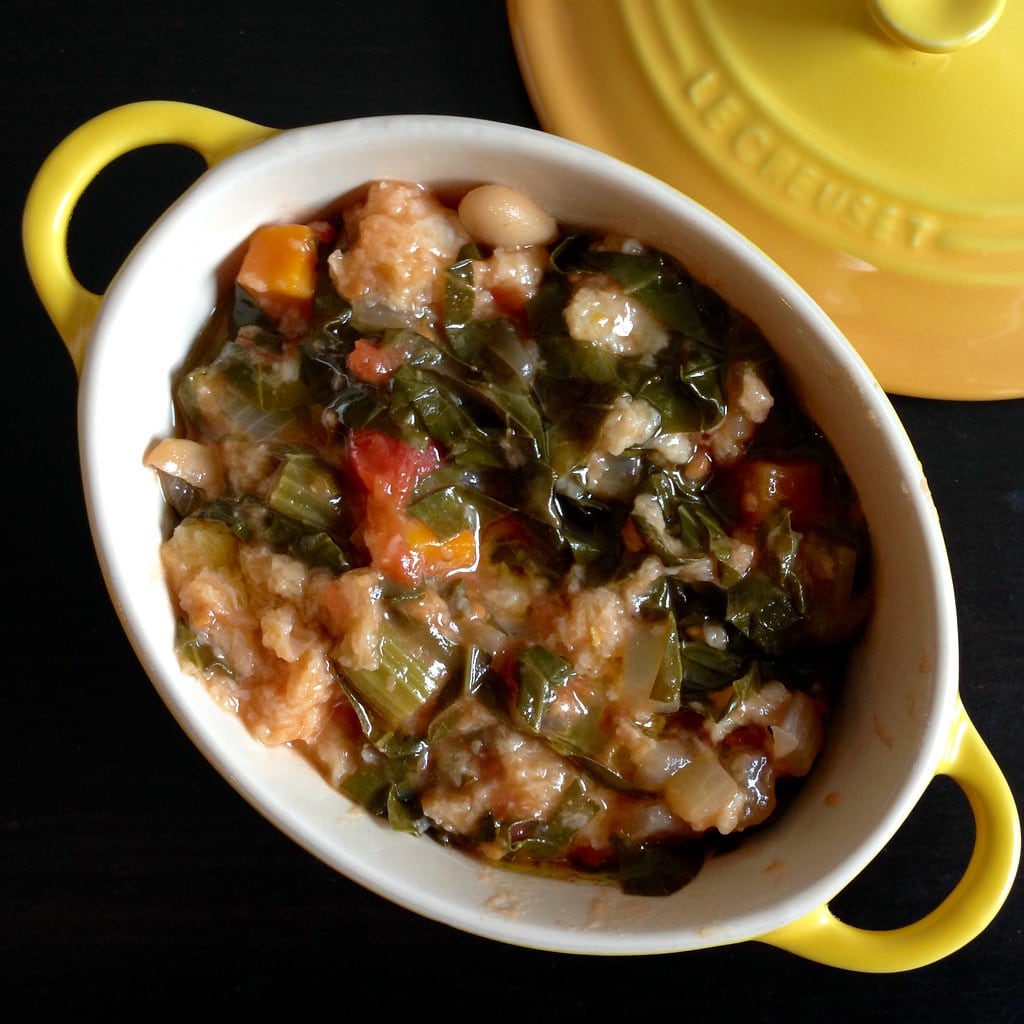
Ribollita
This is a poor dish that involves the reuse of stale bread that is cooked with vegetables and legumes such as black cabbage, savoy cabbage, beans and is seasoned with lots of olive oil, salt and pepper.
Credit: photo by Joy
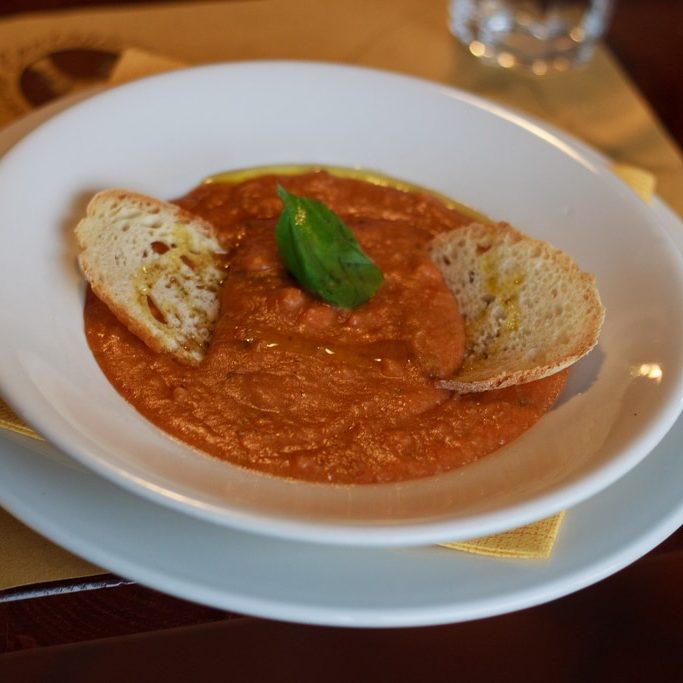
Pappa al pomodoro
This is a poor dish that involves the reuse of stale bread that is cooked with lots of tomatoes, basil, vegetable broth, garlic and is seasoned with lots of olive oil, salt and pepper.
Credit: photo by Visit Tuscany
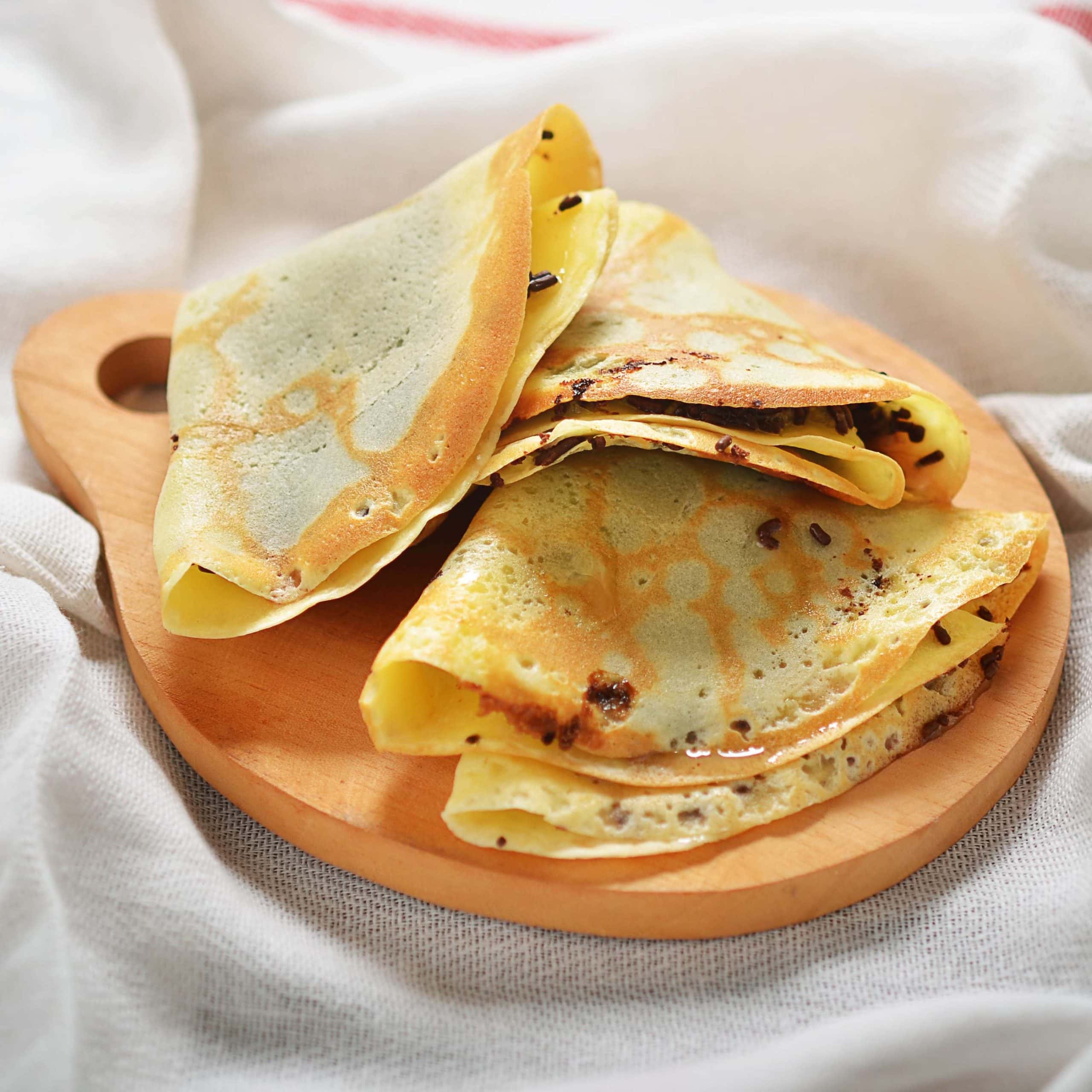
Crespelle alla fiorentina
They are very similar to the French “crêpes” that are filled with ricotta and spinach. They are then garnished with béchamel sauce and grated cheese.
Credit: Photo by Hakim Santoso
Main courses:

Bistecca alla fiorentina
The queen of all meats is the “Florentine steak”. This is an expensive, but very succulent dish, that involves cooking a high cut of beef tenderloin and sirloin that has to be cooked rare or “al sangue”.
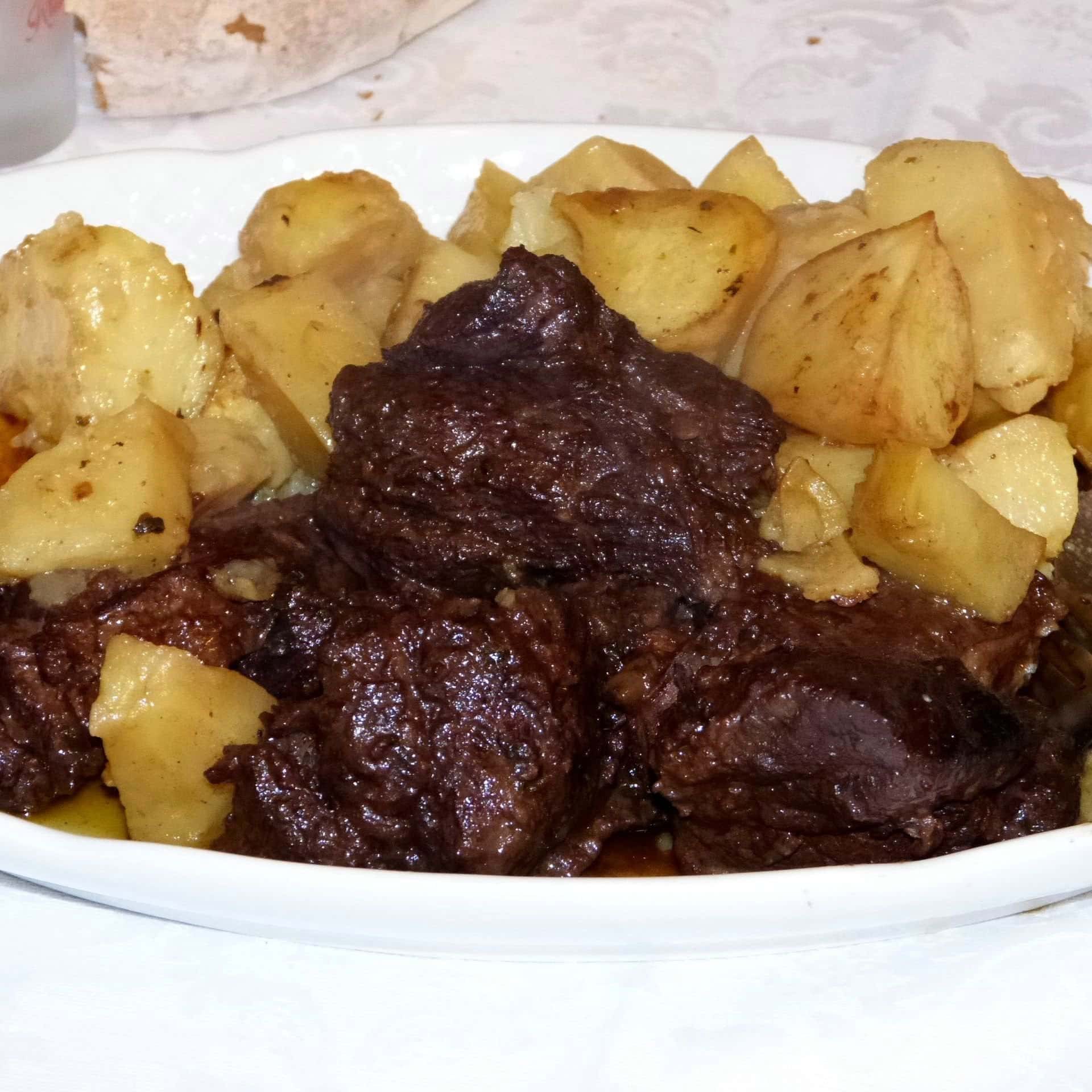
Peposo
Legend says that those who built the dome of the Duomo ate a good portion of it and were able to work all day without ever getting off. It is a beef stew boiled with lots of black pepper, from which it gets its name, often served with potatoes.
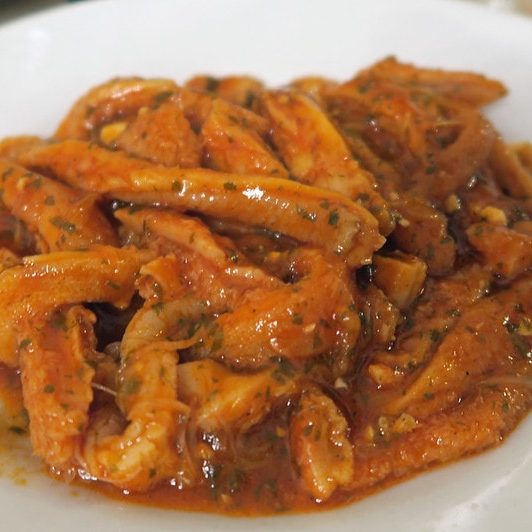
Trippa alla fiorentina
The “trippa” (beef stomach) is cleaned very well and then cooked. It is then cut into strips sautéed with onions and seasoned with chopped carrots, parsley, celery, tomatoes and a clove of garlic. It is cooked over very low heat until the water of the “trippa” and tomatoes is evaporated.
It is served hot, usually with grated cheese, and olive oil.
Credit: photo by Kirk K.
Desserts:
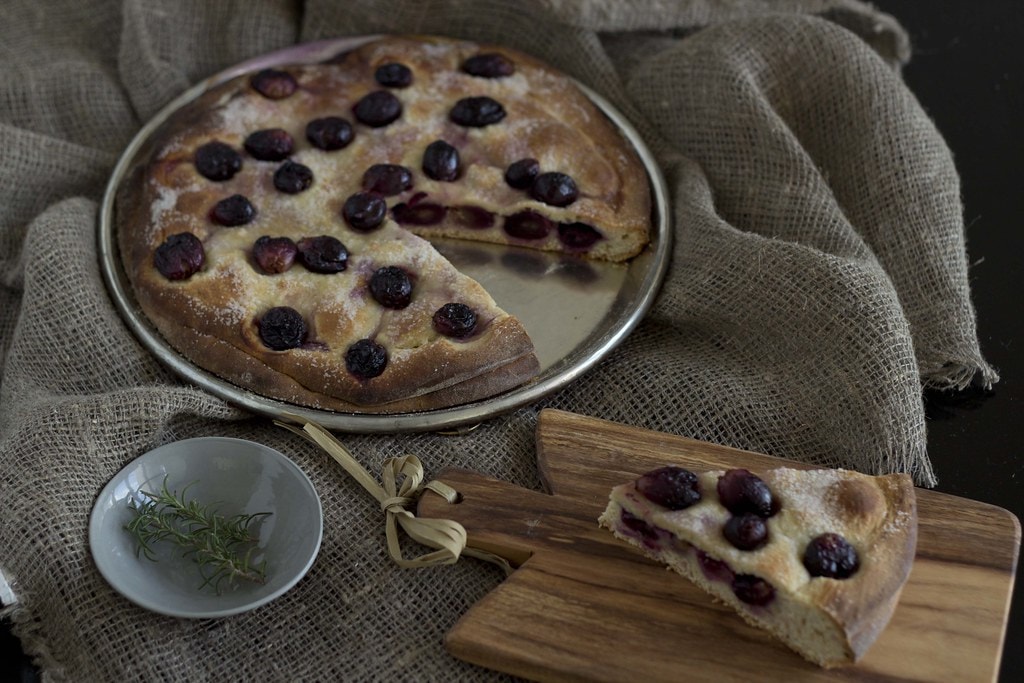
Schiacciata con l'uva
It is an “atypical cake”. In fact it is made with the same dough that we it’s used for bread (without salt), but a lot of sweet grape and sugar are added both inside and on top of the bread so that it is served as a dessert.
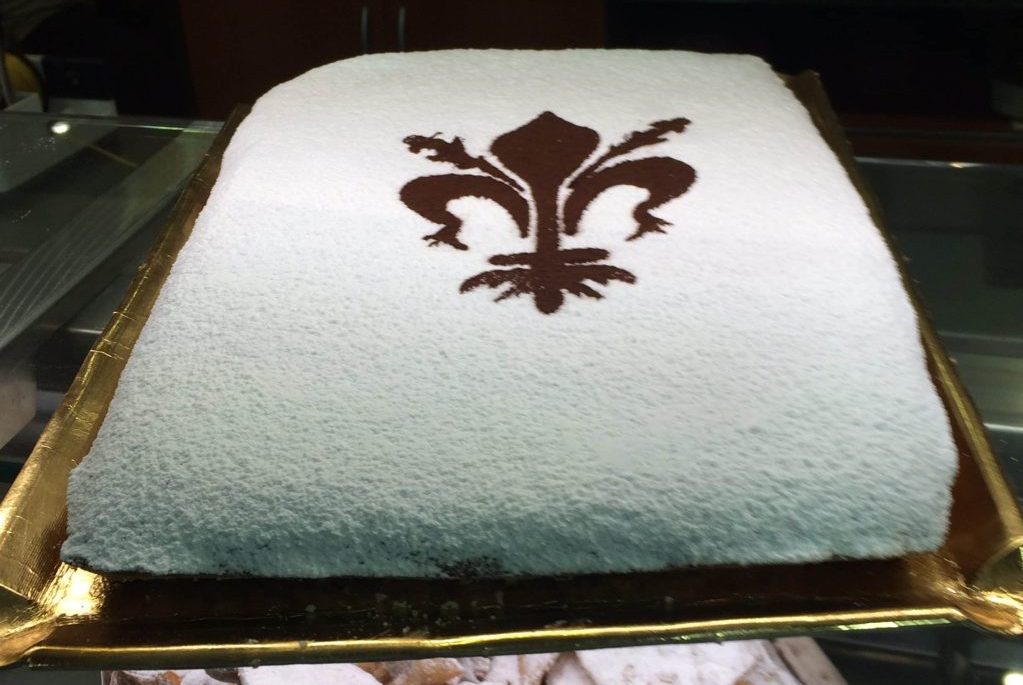
Schiacciata alla fiorentina
“Florentine-style schiacciata” is a typical dessert found only during Carnival here in Florence. It is a cake similar to sponge cake, but flavored with orange and sometimes filled with various kinds of creams according to taste.
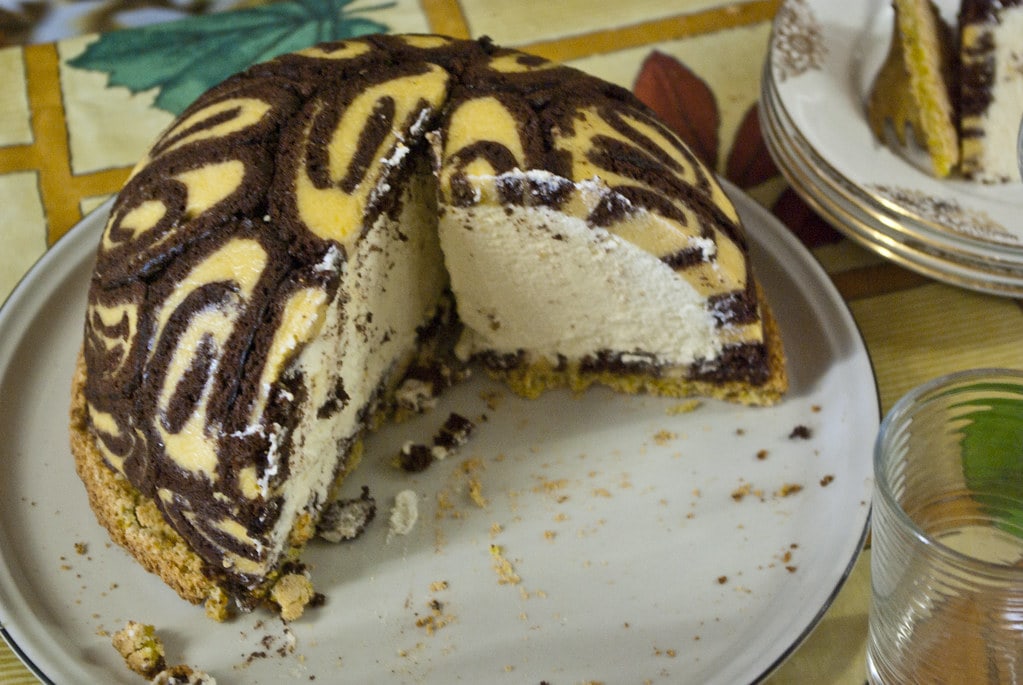
Zuccotto
This is a semi-sphere of sponge cake, with flavors of your choice, that is filled with ice cream. The classic version is made with sponge cake with a little rhum, or alchermes, filled with classic ice cream. However, there are many versions.
Credit: photo by Stefano Merli
Come to Florence to indulge in local deliciousness!

